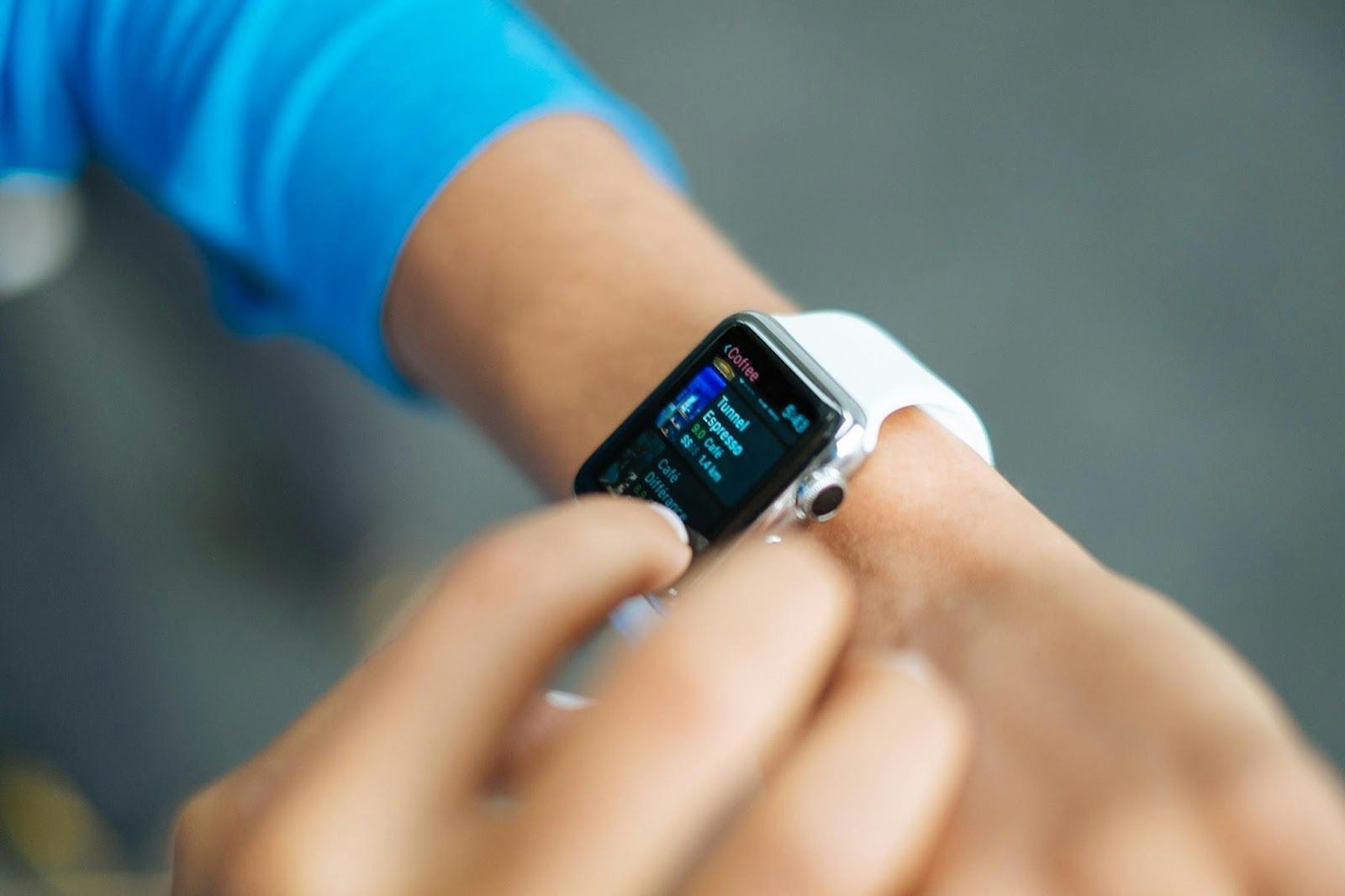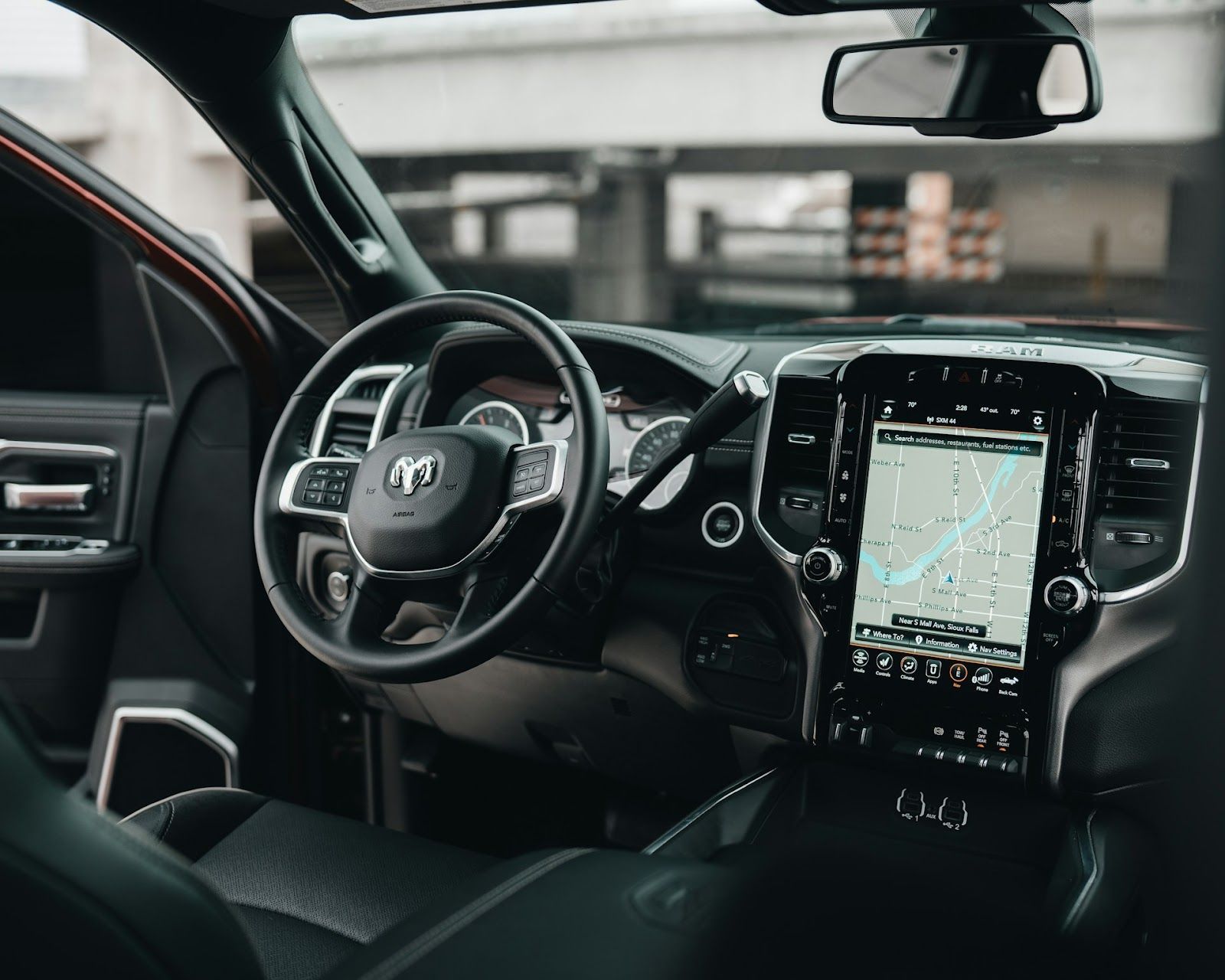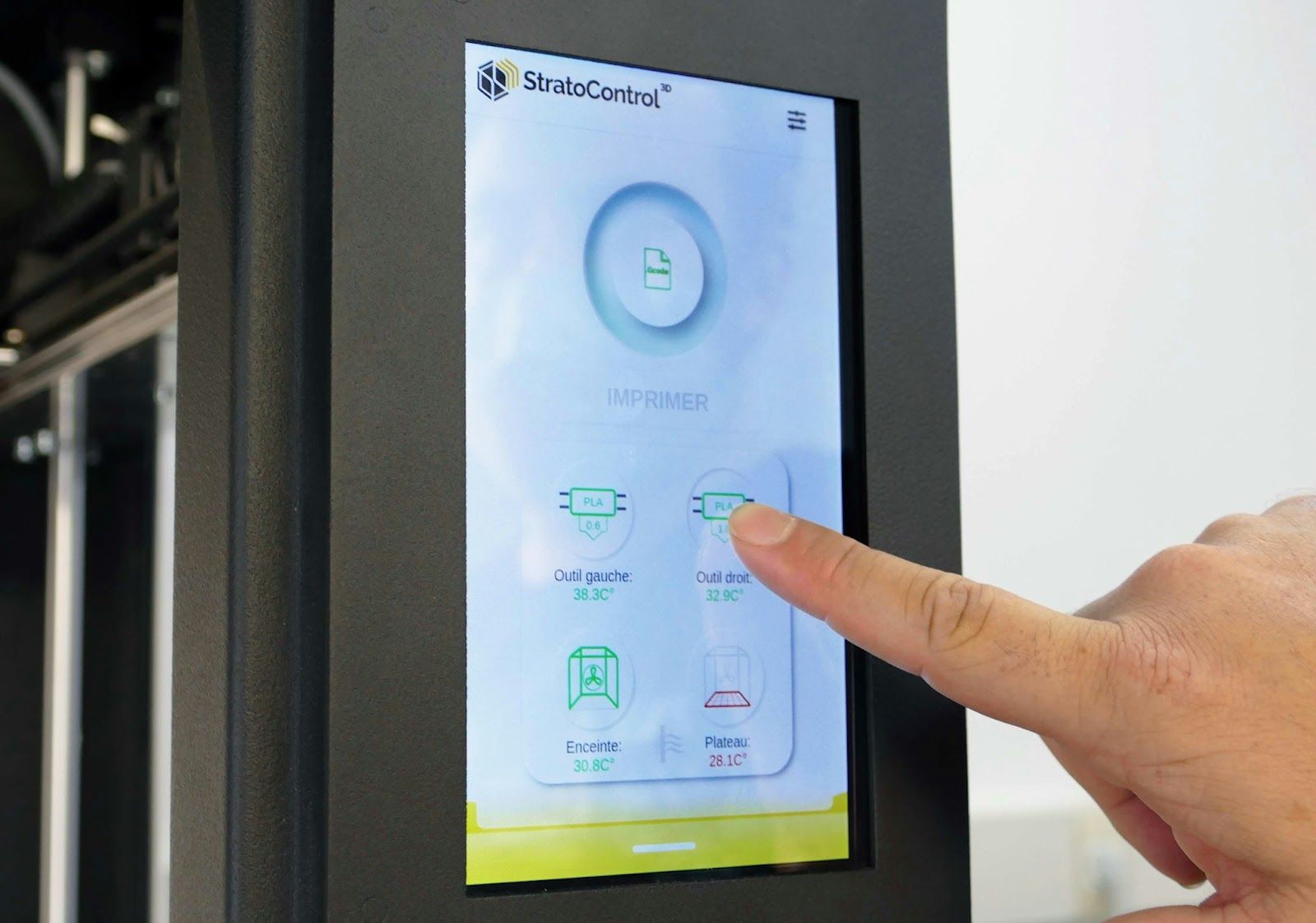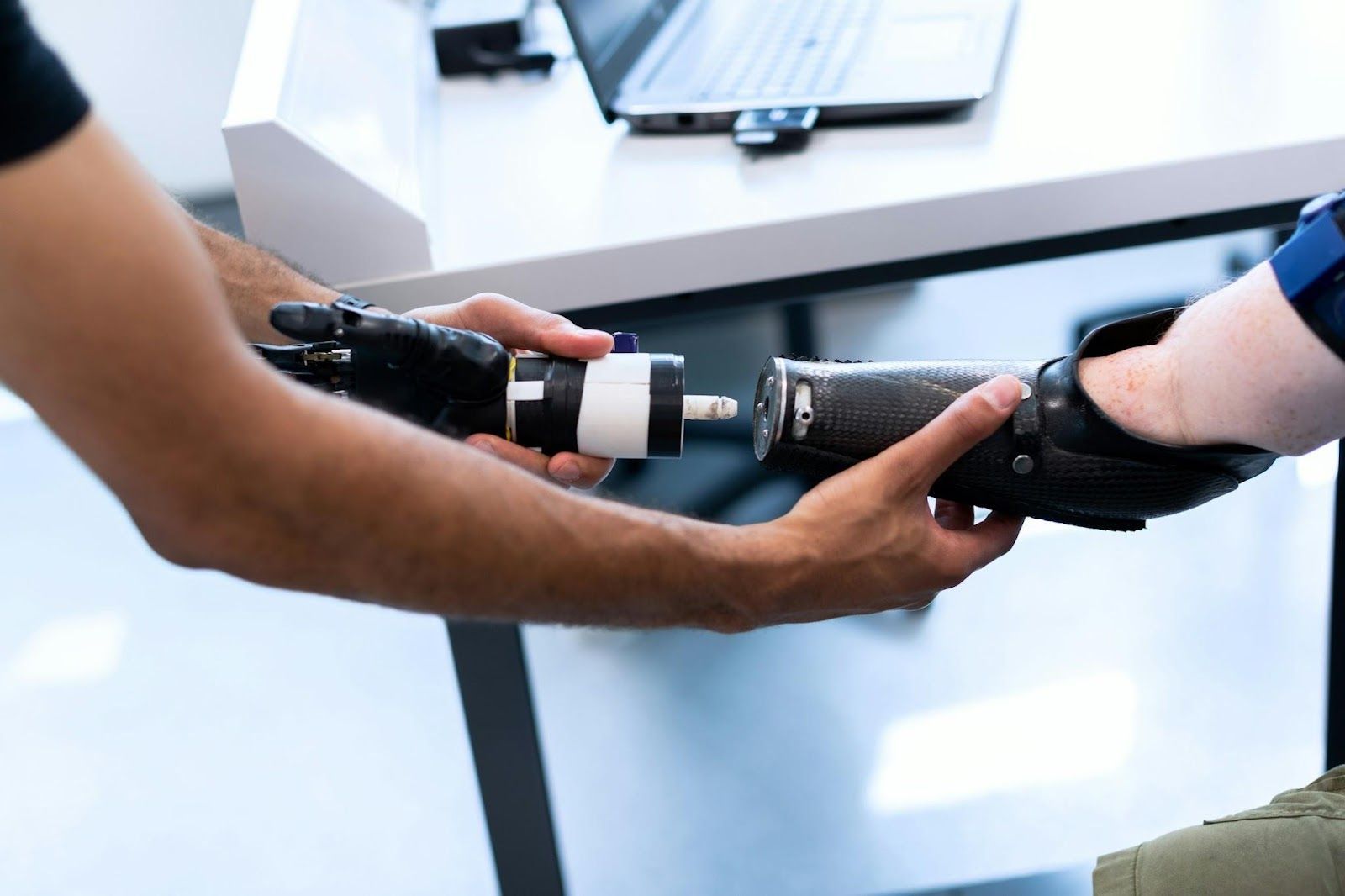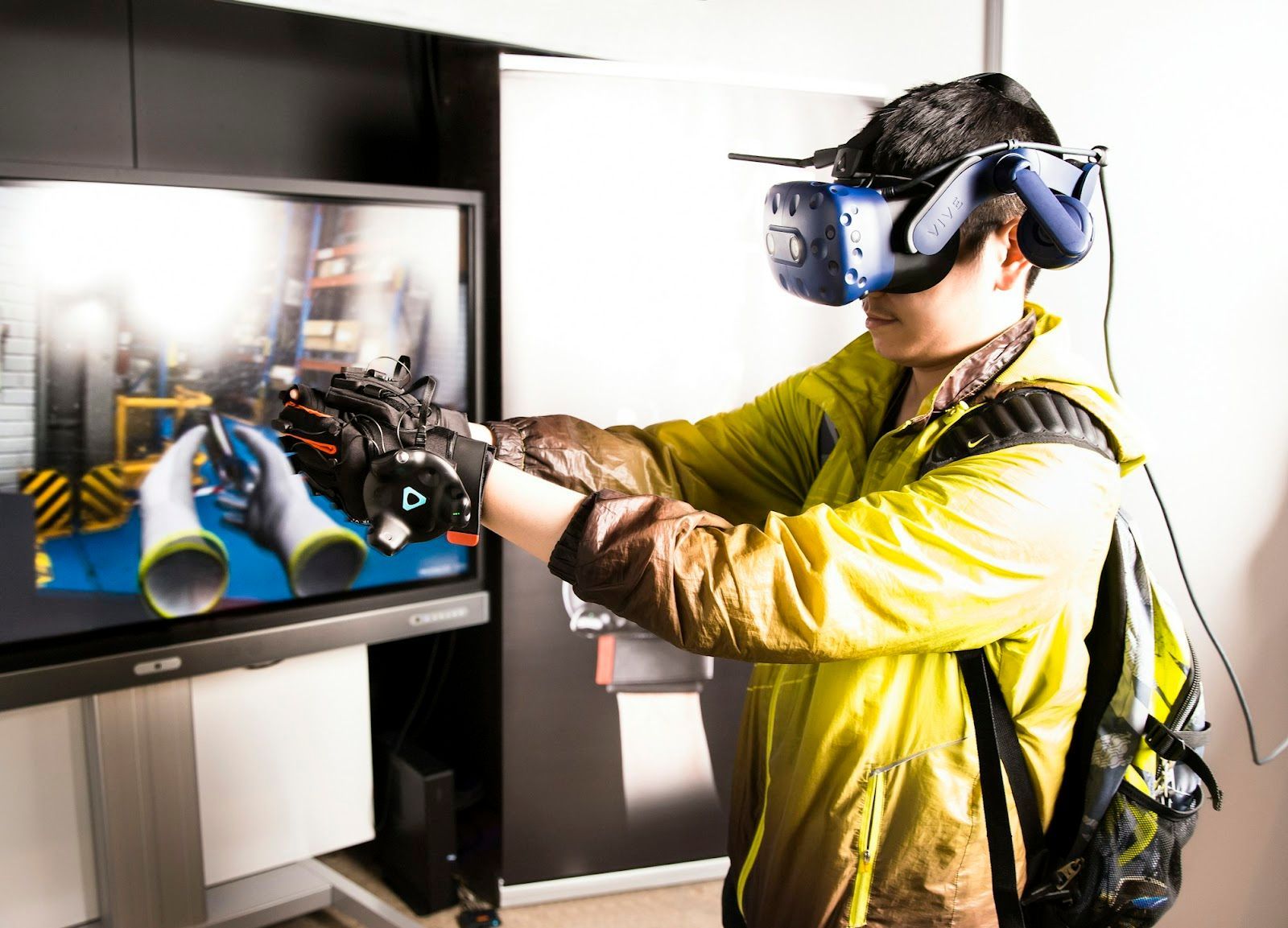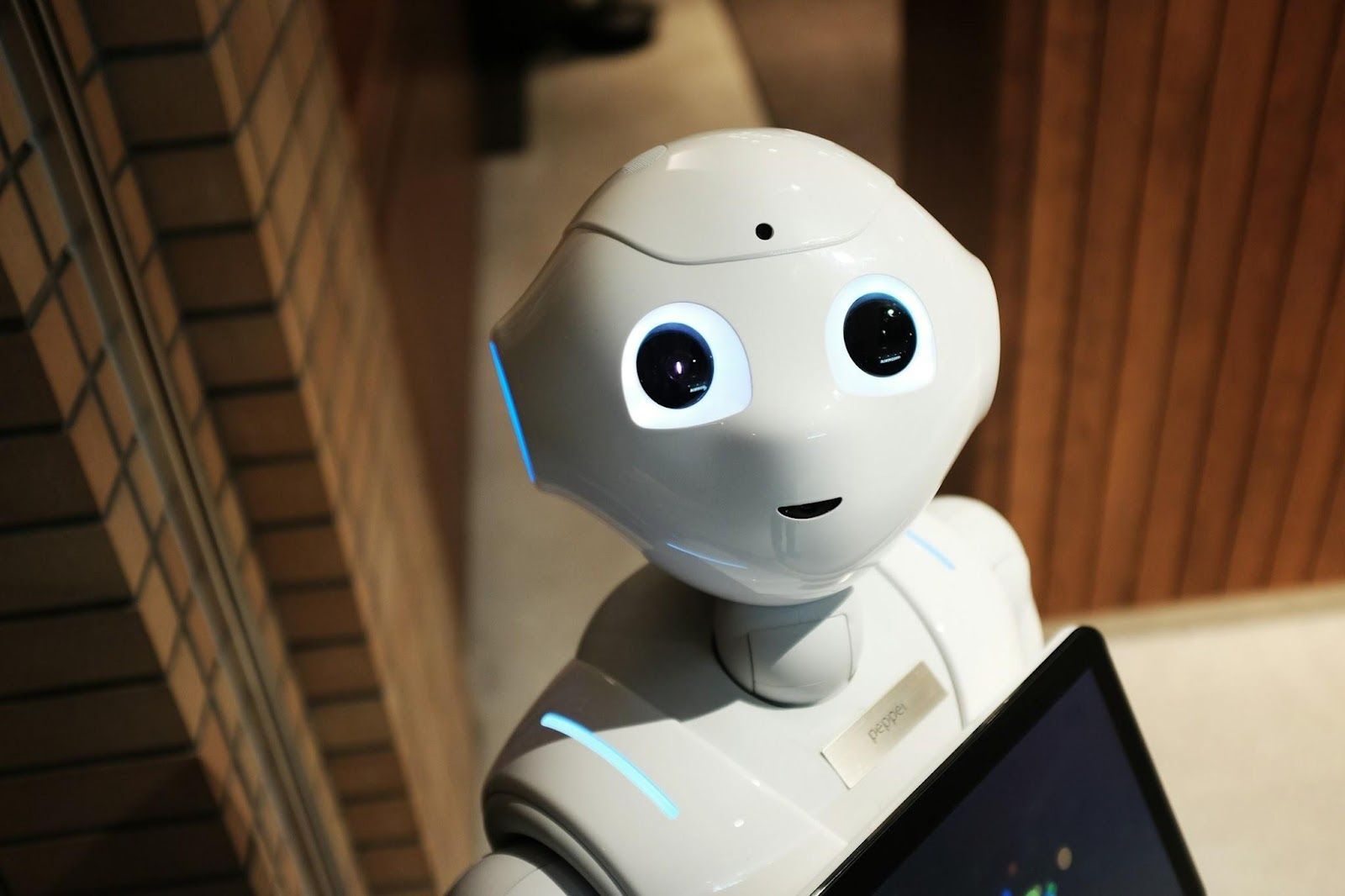Smart habits
According to Neuroscience: 10 signs you're really intelligent
Published on November 2, 2025
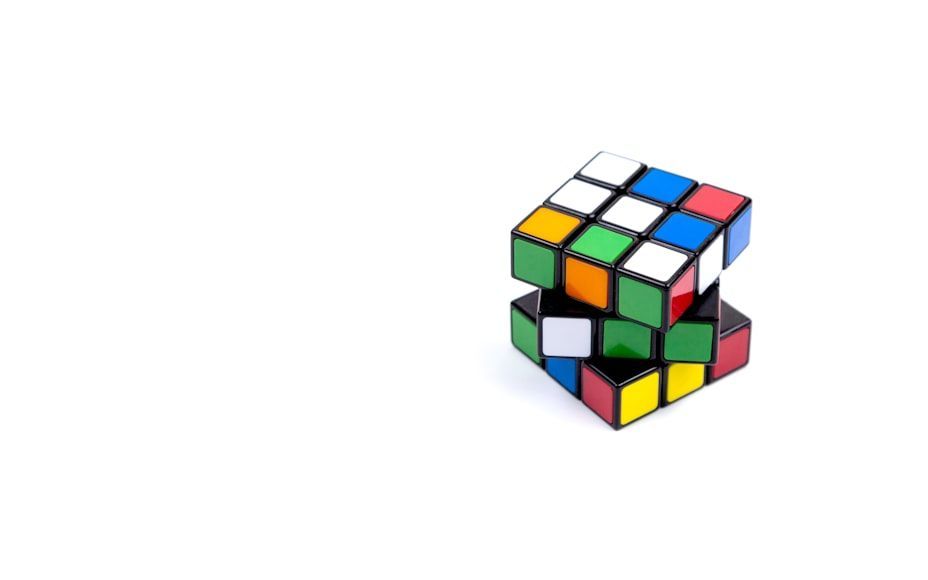 Credit: Volodymyr Hryshchenko
Credit: Volodymyr Hryshchenko
We all had that friend who seemed to ace every class without even trying. But as it turns out, intelligence isn’t always about grades or test scores. Sometimes, it shows up in the most unexpected ways. Neuroscientists have revealed several everyday behaviors and habits that often characterize highly intelligent people. Want to see if you fit the description? Let’s find out!
You find patterns
 Credit: Guillaume Bolduc
Credit: Guillaume Bolduc
Seeking order in chaos is a key part of what makes us human. But some people are naturally better at spotting connections than others. The kids who understand grammar rules faster, people who can sense patterns in music, or those who read social situations with ease, all share a powerful skill called pattern recognition. According to neuroscience, this ability makes you a natural problem solver.
Routine is not your thing
 Credit: Luca Bravo
Credit: Luca Bravo
Do you find it hard to wake up at the same time every day or get bored doing repetitive work? You’re probably not lazy, just highly intelligent. According to science, a craving for novelty and variety is actually a mark of smart minds, as the brain loves fresh challenges and new stimulation.
You are a night owl
 Credit: Anastasiia Nelen
Credit: Anastasiia Nelen
Those who prefer to do their chores late at night, when the world is quiet and most people are asleep, are often among the most intelligent. Research suggests a difference in thinking between early risers and night owls: the latter tend to be more creative, as their brains resist rigid schedules and work better in flexible, uninterrupted hours.
You are curious
 Credit: Annie Spratt
Credit: Annie Spratt
If we don’t actively seek knowledge, it rarely comes to us on its own. Exploring the world around us and wanting to learn more is the first step to feeding the mind. That’s why scientists consider curiosity one of the key traits of highly intelligent people.
You question everything (even yourself)
 Credit: Elissa Garcia
Credit: Elissa Garcia
Intelligence isn’t just about wanting to understand the world; it’s also about questioning it. Students who aren’t satisfied with simplistic answers, people who challenge unfair systems, and those who ask the questions others wouldn’t, demonstrate strong critical thinking. They are great at analyzing situations, evaluating information, and making smarter, more informed decisions.
You appreciate humor
 Credit: Mary Harris
Credit: Mary Harris
The old stereotype that smart people are always serious and reserved is not so accurate. In fact, neuroscience shows a strong link between high intelligence and the ability to understand and create humor. When we laugh, brain regions involved in language, abstract thinking, social reasoning, and problem-solving light up. Clever puns, sarcasm, irony... You choose!
You get bored easily
 Credit: Thomas Park
Credit: Thomas Park
Did you use to nod off in class? Do you find mundane, repetitive conversations boring? It turns out boredom isn’t always a bad thing; it can actually be a sign of intelligence. As we’ve seen, the pursuit of novelty and mental stimulation is a defining trait of sharp, curious minds.
You challenge yourself
 Credit: Jukan Tateisi
Credit: Jukan Tateisi
The more you feed your brain, the more it wants to grow. Intelligent people embrace this hunger by constantly challenging themselves, setting higher goals, and looking for greater achievements. They may not always succeed, but it’s the pursuit itself that marks them as truly clever.
You are skeptical
 Credit: Thought Catalog
Credit: Thought Catalog
Throughout history, the most intelligent minds have questioned and challenged inherited or imposed beliefs, carefully analyzing and exploring alternative explanations rather than accepting things "just because." Closely tied to curiosity and critical thinking, skepticism is a clear indicator of perspicacity.
You accept change
 Credit: Marija Zaric
Credit: Marija Zaric
This might seem contradictory to the previous point, but it’s not the case. The smartest people are those who can do both: question reality while staying open to change. Both traits reflect the same thing: a flexible way of thinking that doesn’t cling to a single truth.

